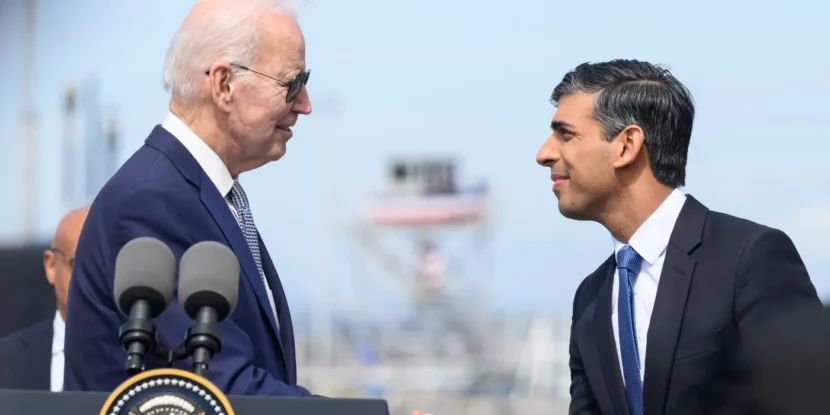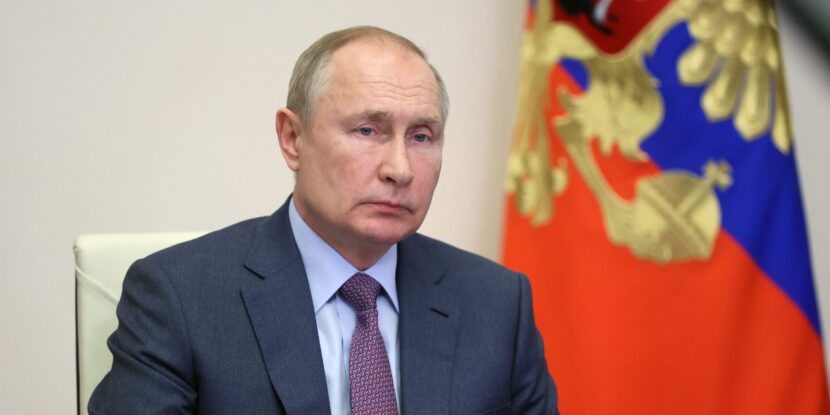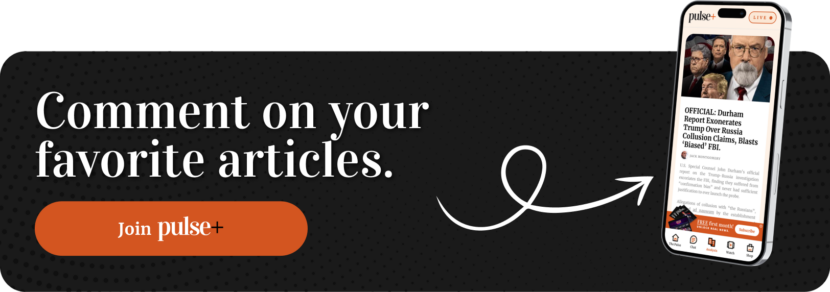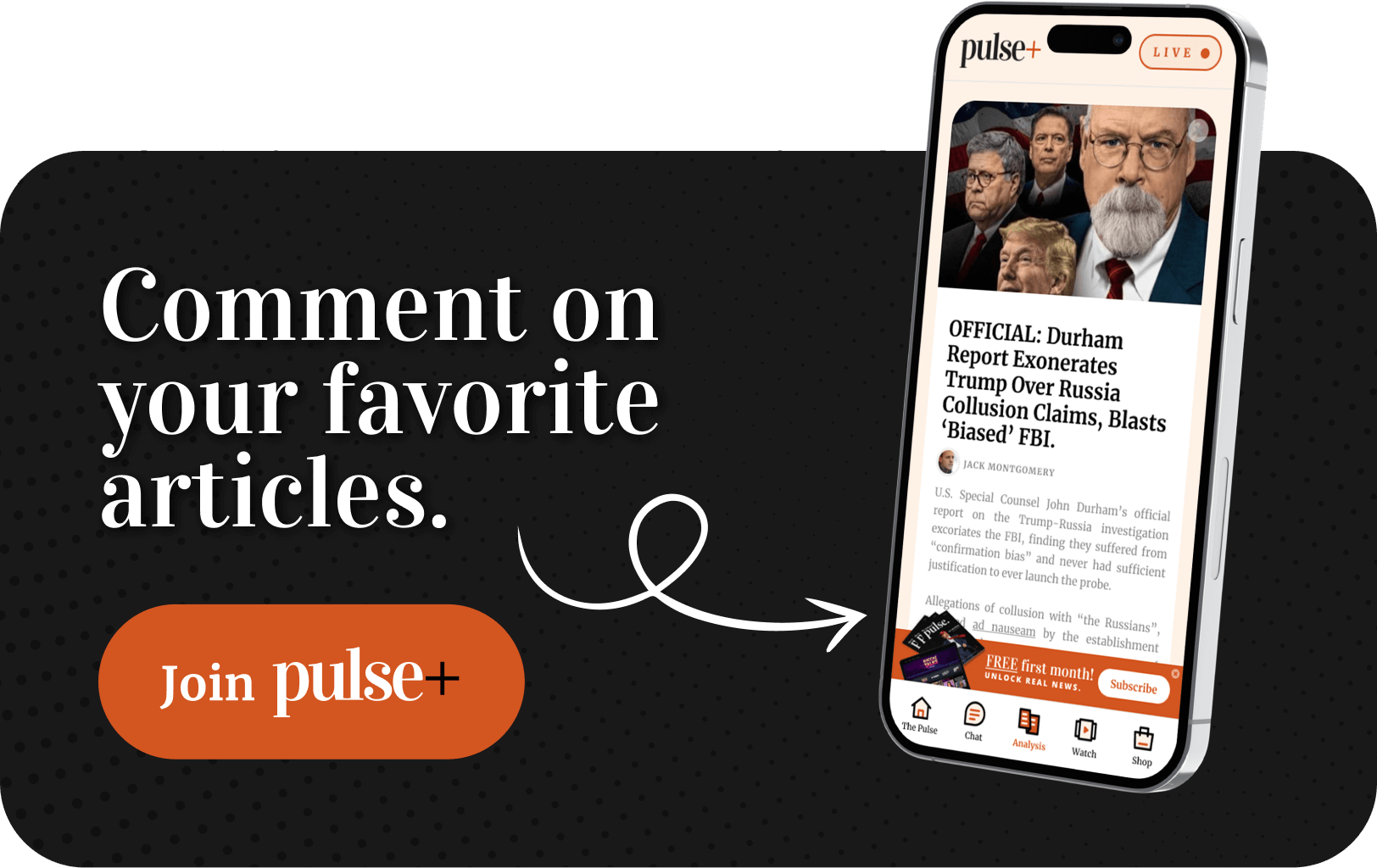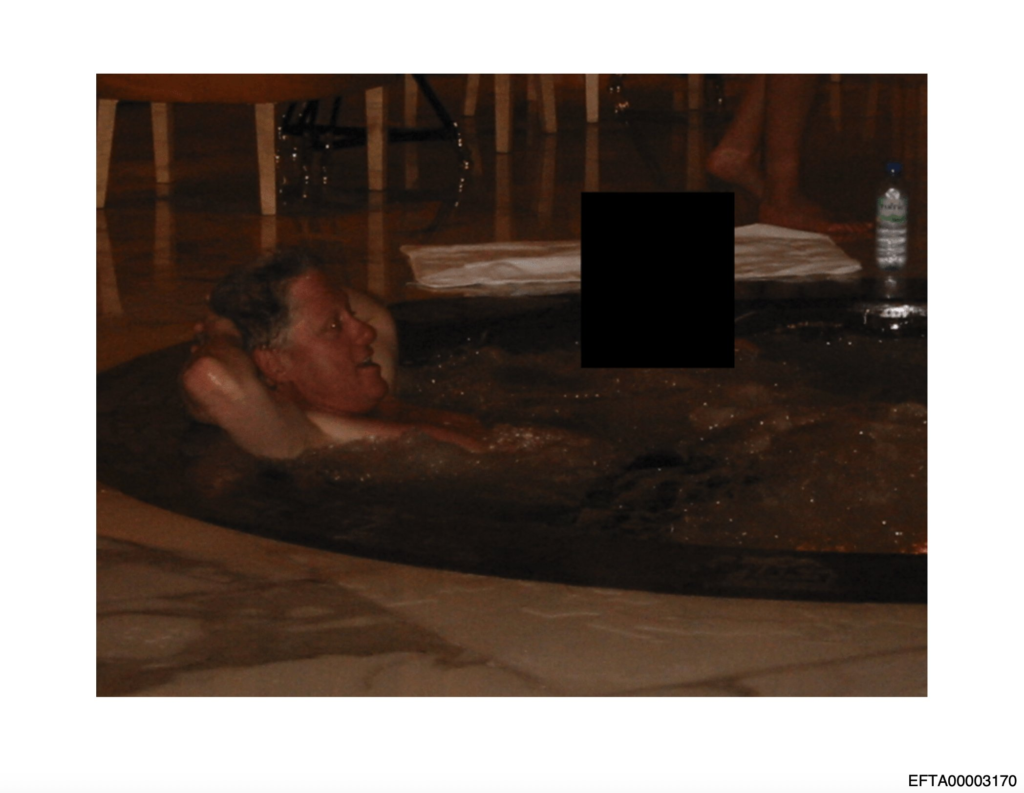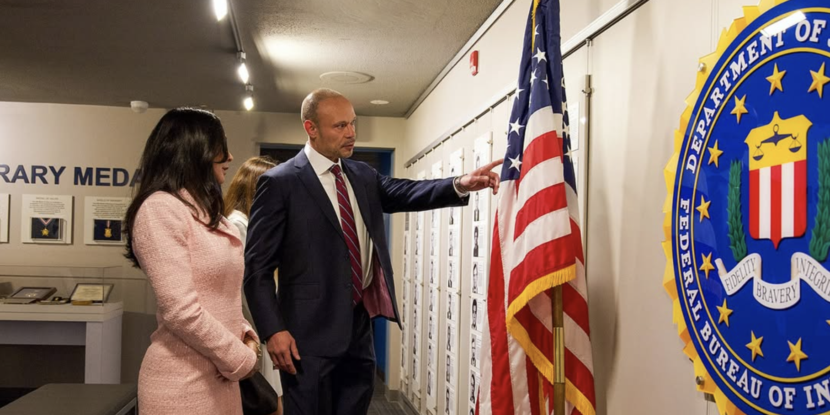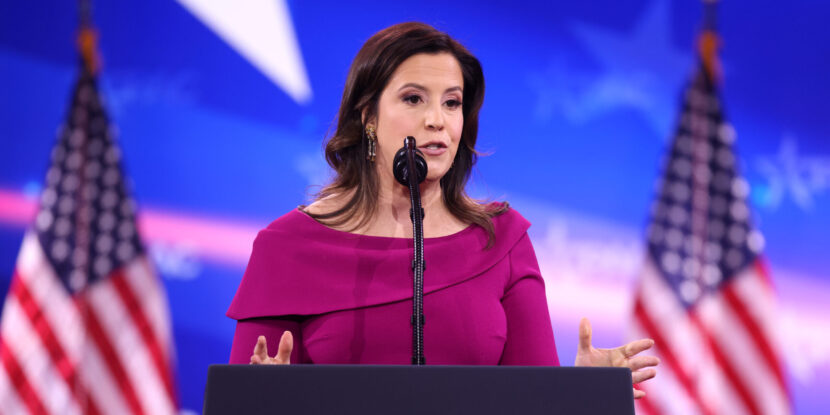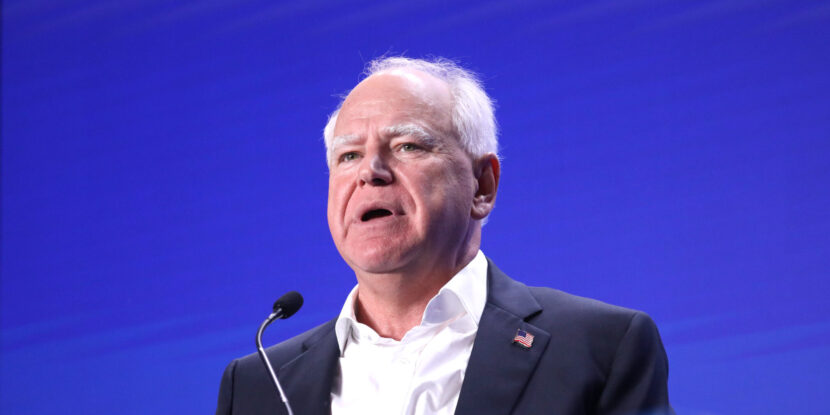Just one in three Brexit voters intend to vote for Prime Minister Rishi Sunak’s Conservative (Tory) Party in the July 4 snap election. Poll data also shows only 47 percent of the governing party’s 2019 voters intend to vote for them again.
In 2019, the Conservatives under Boris Johnson won their fourth general election in a row, with their biggest majority since the 1980s. They achieved this on a pledge to ‘Get Brexit Done’ and reduce immigration, but Brexit was only partially delivered, and immigration greatly increased. This support appears to have collapsed, with polling conducted by Professor Matt Goodwin on June 12 showing the opposition Labour Party leads them by 20 points.
Nigel Farage’s Reform Party is within two points of the Tories nationally, which Goodwin notes is “within the margin of error.” Separate polling shows a gap of just one point. When voters are asked who they would prefer to be running the country post-election, Farage and Reform outpace Sunak’s party.
Over a quarter of the Conservatives’ 2019 voters have switched to Reform, and one in three Brexit voters. When specific demographics are considered, Farage is preferred to Sunak among the Conservatives’ 2019 voters, Brexit voters, working-class voters, Northern English voters, and men.
Farage has outlined a plan to take over the Conservatives post-election by outcompeting them, forcing a merger between the dying right-establishment party. He cites the example of former Canadian premier Stephen Harper’s Reform Party, which absorbed the establishment Progressive Conservative Party into a new formation after rendering it electorally unviable.
HOLLOW SUPPORT.
Despite being on course to win an unprecedented parliamentary super-majority, Goodwin’s research suggests the Labour Party’s support is still relatively soft.
The leftist party ranks first overall in terms of who voters want to see running the country after the election, but its support stands at just 22 percent, behind ‘None of the Above.’
The July election will be the first British general election in which photographic identification will be required for in-person voting. However, mail-in voting on demand remains in place, leaving the system vulnerable.
